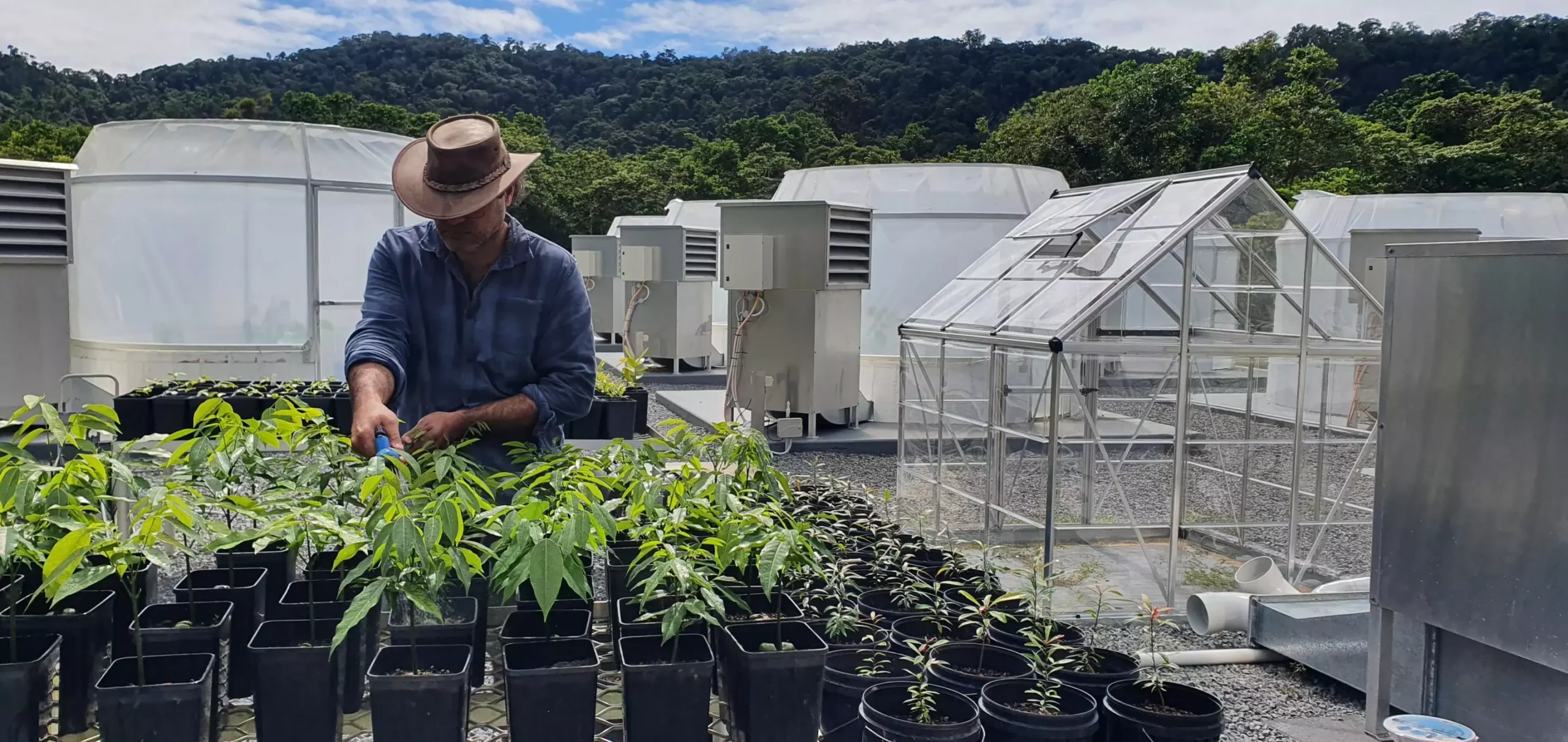Tropical forests are renowned for their role as vital carbon sinks, but recent research is uncovering an alarming new threat to these essential ecosystems: ground-level ozone. While the stratospheric ozone layer is celebrated for protecting Earth from harmful ultraviolet radiation, the ozone gas at lower altitudes poses a significant challenge to the health and growth of tropical forests. A study recently published in *Nature Geoscience* reveals that this pollutant is stunting the growth of these forests, leading to an estimated loss of 290 million tonnes of carbon each year—an issue that warrants serious attention.
Ground-level ozone is a product of chemical reactions involving pollutants emitted from human activities, mainly in the presence of sunlight. Unlike its protective counterpart in the stratosphere, this tropospheric ozone has detrimental effects on plant life. It impairs trees’ ability to photosynthesize and absorb carbon dioxide, a process crucial for their growth and, ultimately, the global carbon cycle. According to the findings, the average impact on the new growth of tropical forests is a staggering 5.1% reduction, with regions in Asia experiencing an even more severe loss of about 10.9%.
The implications of this research extend far beyond the immediate health of tropical forests. These ecosystems play a critical role in mitigating climate change, capturing and storing carbon dioxide that would otherwise contribute to global warming. Dr. Alexander Cheesman, a co-lead author of the study, emphasizes the significance of this carbon mitigation service, suggesting that continuous degradation due to air pollution can undermine efforts to regulate carbon emissions effectively. As tropical forests are pivotal in the global fight against climate change, their reduced capacity to sequester carbon presents a pressing environmental challenge.
The study conducted a series of experiments to evaluate how various tropical tree species respond to ozone pollution, and the results were alarming. It appears that urbanization, industrial growth, and pollution from fossil fuel combustion have exacerbated the precursor emissions necessary for ozone formation. The research implicates that, as these precursor molecules continue to rise, ozone concentrations will similarly increase, leading to compounded effects on tree growth.
The imbalance created by tropospheric ozone places added pressure on areas identified for forest restoration, further complicating climate change mitigation strategies. Dr. Flossie Brown, another co-lead author, states that these restoration efforts could be disproportionately affected by rising ozone levels, challenging conservationists and policymakers alike. The findings urge a proactive approach to reduce ambient ozone levels, necessitating renewed efforts in pollution control and sustainability practices.
While significant advances have been made to protect the stratospheric ozone layer, the menace posed by ground-level ozone to tropical forests is an urgent reminder of the interconnectedness of environmental issues. As we strive to combat climate change, acknowledging and addressing air quality and its effects on vital ecosystems will be fundamental in ensuring the stability of Earth’s future climate. Failure to do so may exacerbate an already critical situation, leading to further losses that are difficult to recover from. Prioritizing the protection of tropical forests by mitigating ground-level ozone is not merely an environmental issue; it is an imperative for the restoration of ecological balance and sustainability.


Leave a Reply